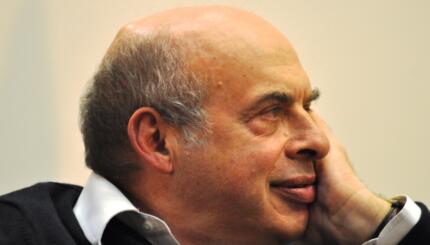As recently as the 1980s, the most widely recognized symbol of Israeli export was probably the Jaffa orange. Today’s equivalent would more likely be a computer software CD. Once a traditional economy–based on agriculture, light industry, and labor-intensive production–Israel has now become a knowledge-based economy, with internationally competitive telecommunications, high-tech, and agro-technology industries, and a per-capita GDP comparable with European Union levels.
The per capita GDP in Israel in 2010 was $29,800.
In 2011 5he country had a Moody’s A1 rating and an S&P rating of A+.
Successive governments for several years have committed themselves to fiscal discipline in line with accepted Western standards regarding deficit as a percentage of GDP.
With your help, My Jewish Learning can provide endless opportunities for learning, connection and discovery.
The annual inflation rate, which as recently as 1996 was in double-digits, has been curtailed and was 2.5% in 2010.
Exports are nearly all industrial in nature, with Europe and North America the main export markets; perhaps not coincidentally, Israel has free trade agreements with both the European Union and the North American Free Trade area. Trade with Eastern Europe had spiked in recent years, boosted by the influx of new immigrants from that part of the world.
The Israeli tax burden, measured in tax receipts as a percentage of GDP, was 31.4% in 2009. Although this is significantly higher than that of the United States–which is 24%–it is less than the OECD tax burden average which is generally around 34%.
Israel boasts an extremely high abundance of skilled labor. In 2007, there are about 140 technicians and scientists per 10,000 Israelis. The comparable figure in the United States is 83, and European figures are even lower.
The Bank of Israel held foreign exchange reserves of $77.3 million in June 2011. The ratio of foreign reserves to GDP is about 24.3%, which is unusually high by international standards.
High-technology industries emphasize computer hardware, software, telecommunications, biotechnology, and medical electronics.
Light industries include processed foods, precision instruments, plastic goods, and the cut-diamonds industry.
Tourism comprises an additional important economic sector, especially tourism related to religious pilgrimages the holy sites of Christianity, Judaism, and Islam.
Agricultural production, once central to the economy, comprised only 2.8% of GDP in 2008. Main agricultural products include citrus, cut flowers, vegetables, and cotton.


